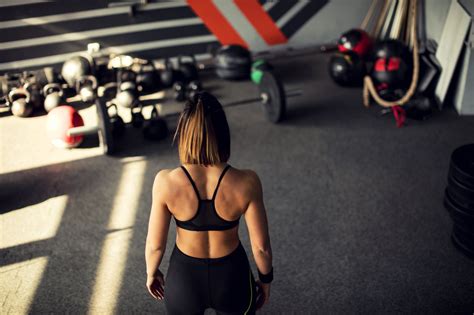Optimize workout intensity for peak strength & hypertrophy gains?
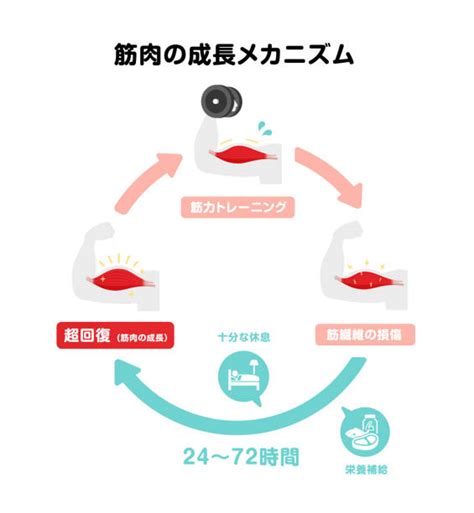
Achieving peak strength and hypertrophy gains isn’t just about showing up; it’s about training with purpose. The most effective workouts are those where intensity is precisely manipulated to challenge your body in specific ways, prompting adaptation and growth. This article delves into the nuances of workout intensity and how to leverage it for maximum results.
Defining Workout Intensity Beyond Heavy Weights
Often, “intensity” is mistakenly equated solely with lifting maximal loads. While heavy lifting is a component, true workout intensity encompasses the degree of effort and challenge your muscles experience during a set. Two widely used metrics help us quantify this:
- Rate of Perceived Exertion (RPE): A scale from 1-10, where 1 is no effort and 10 is maximal effort (you couldn’t do another rep).
- Reps In Reserve (RIR): How many more repetitions you could have performed before reaching muscular failure. RIR 0 means failure, RIR 1 means one rep left, etc.
Both RPE and RIR help ensure you’re pushing hard enough without consistently overreaching or undertraining, making them invaluable tools for autoregulation and tracking your true effort.
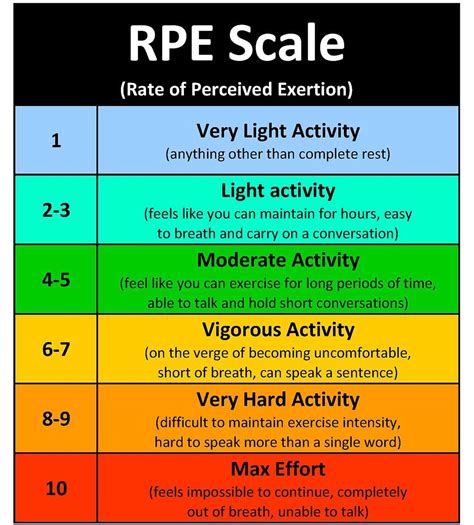
Optimizing Intensity for Strength Gains
To get stronger, you generally need to lift heavier. Strength adaptation primarily occurs when your central nervous system (CNS) learns to recruit more muscle fibers and improve inter- and intra-muscular coordination. This typically means:
- Higher Loads: Working with weights that allow for 1-5 repetitions per set (around 85-100% of your 1-rep maximum).
- Lower Reps: Focusing on quality over quantity for each rep, ensuring perfect form.
- Longer Rest Periods: Allowing 2-5 minutes between sets to ensure adequate recovery for maximal effort on subsequent sets.
- Progressive Overload: Consistently increasing the weight, reps, or sets over time.
For strength, aim for an RPE of 8-10 (1-2 RIR) on your working sets, particularly for compound movements like squats, deadlifts, and bench presses.
Optimizing Intensity for Hypertrophy (Muscle Growth)
Muscle growth, or hypertrophy, requires sufficient mechanical tension, muscle damage, and metabolic stress. While heavy lifting contributes, a broader rep range and different intensity applications are effective:
- Moderate Loads: Weights that allow for 6-12 repetitions per set (around 60-85% of your 1-RM). Some research supports efficacy even at higher reps (15-30) with sufficient RPE.
- Training Close to Failure: Achieving an RPE of 7-9 (1-3 RIR) for most sets. Occasionally pushing to RIR 0 can be beneficial but shouldn’t be the norm to avoid burnout.
- Time Under Tension: Controlling the eccentric (lowering) and concentric (lifting) phases of each rep to maximize muscle fiber engagement.
- Shorter Rest Periods: Typically 60-120 seconds between sets to enhance metabolic stress.
The key for hypertrophy is accumulating sufficient volume with a high degree of effort within the set.
![[100+] Bodybuilders Hd Wallpapers | Wallpapers.com](/images/aHR0cHM6Ly90czQubW0uYmluZy5uZXQvdGg/aWQ9T0lQLjJYZ1d6SEJzTDFncHhzNndKTEdYU3dIYUd6JnBpZD0xNS4x.webp)
Implementing RPE/RIR for Autoregulation
Rather than strictly adhering to prescribed weights, using RPE/RIR allows for autoregulation—adjusting your workout based on how you feel on a given day. If you’re fatigued, you might lift a slightly lighter weight but still hit your target RPE/RIR. Conversely, if you feel strong, you might lift more.
This approach helps manage fatigue, prevents overtraining, and ensures consistent quality effort, leading to more sustainable long-term gains.

The Role of Periodization in Intensity
Periodization involves strategically varying your training intensity, volume, and exercise selection over time to optimize performance and reduce the risk of overtraining. Linear periodization might involve blocks of higher volume/lower intensity followed by lower volume/higher intensity. Undulating periodization might vary intensity day-to-day or week-to-week.
Integrating different intensity zones into your training cycle ensures you’re hitting all necessary stimuli for both strength and hypertrophy, allowing for planned deloads and peak performance when it matters most.
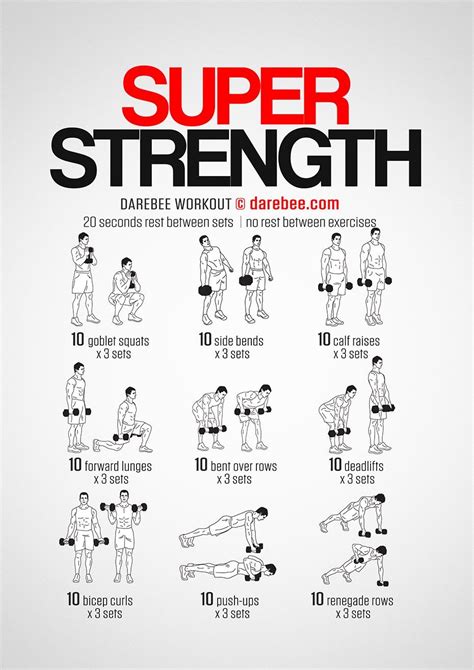
Common Pitfalls and How to Avoid Them
- Ego Lifting: Sacrificing form for weight. This reduces effectiveness and increases injury risk. Focus on the muscle, not just the number.
- Under-training: Not pushing hard enough. Many lifters leave too many reps in the tank, failing to stimulate adaptation.
- Over-training: Constantly pushing to failure or with maximal loads without adequate recovery. This leads to burnout, plateaus, and increased injury risk.
- Neglecting Warm-ups: Skipping proper warm-ups means your body isn’t ready for intense effort, risking injury and reducing performance.
Listen to your body, track your progress diligently, and be honest with your RPE/RIR assessments to navigate these common traps.
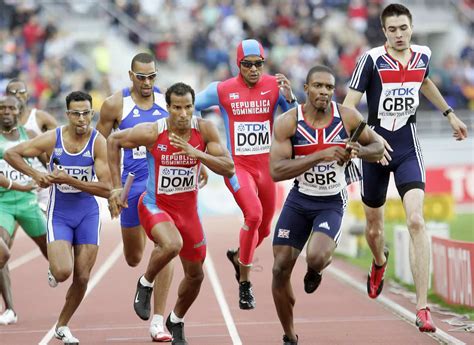
Conclusion: The Art and Science of Intentional Training
Optimizing workout intensity is a sophisticated blend of art and science. It means understanding the specific demands for strength versus hypertrophy, utilizing tools like RPE and RIR for effective autoregulation, and strategically planning your training with periodization. By mastering intensity, you move beyond just “working out” to “training with purpose,” unlocking your full potential for significant strength and muscle gains that are both sustainable and rewarding.








